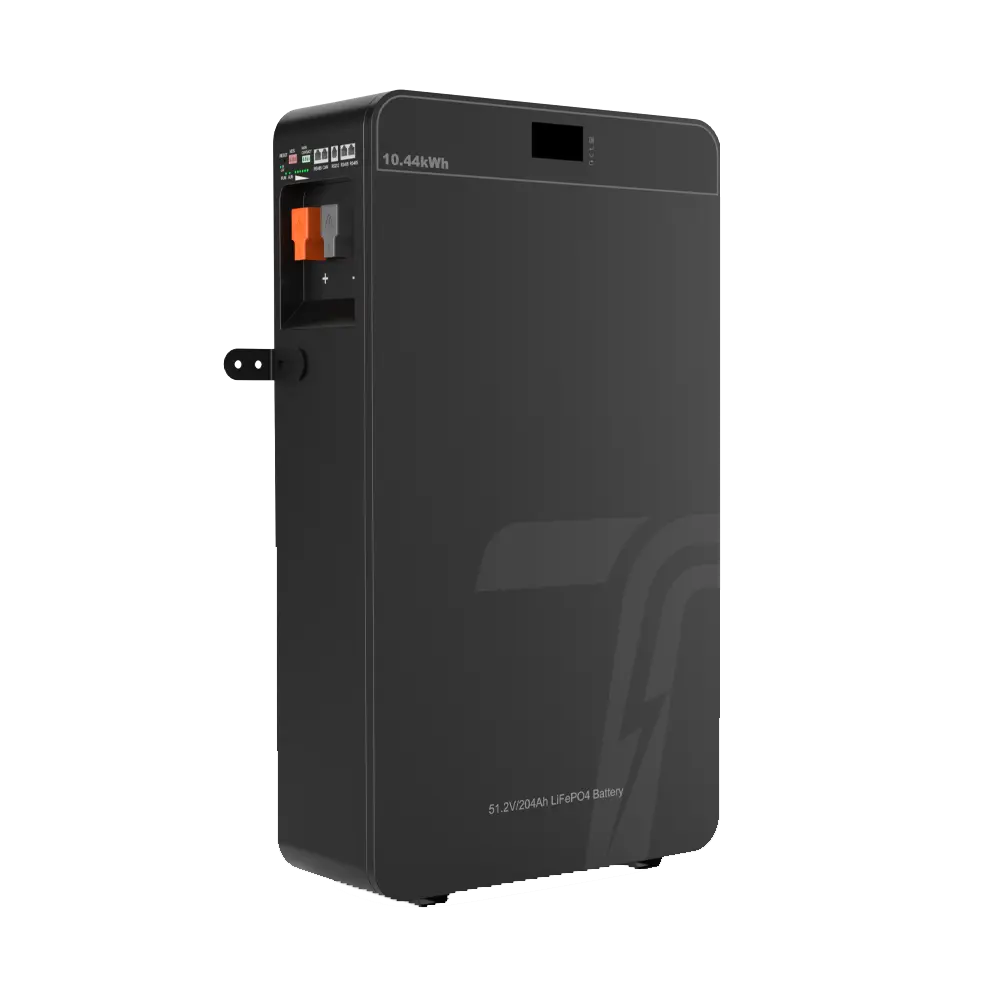Introduction
The global portable power station (PPS) market is projected to grow at a CAGR of 8.2% through 2030, driven by rising demand for off-grid energy solutions. For distributors, optimizing procurement channels is critical to balancing cost, scalability, and market responsiveness. This paper analyzes four high-efficiency strategies—local warehousing partnerships, platform-integrated dropshipping, Chinese supply chain leverage, and bulk procurement frameworks—while demonstrating how Tursan’s turnkey solutions align with these models to maximize distributor profitability.

Partnering with Local Warehousing Networks
Core Advantage: Reduced Logistics Costs & Risk Mitigation
Distributors prioritizing regional shipping speed benefit from partnerships with manufacturers operating localized fulfillment centers. For example, Tursan facilitates priority processing for exclusive distributors, guaranteeing first-tier order fulfillment and regional market exclusivity. While the company does not own overseas warehouses, its agile logistics network ensures 7–14-day delivery timelines to major markets like North America and Europe by collaborating with certified third-party logistics (3PL) providers.
Case Study: Tursan’s Regional Distribution Model
Tursan’s exclusive distributor agreements:
- Guarantee no intra-regional competition from other wholesalers.
- Prioritize order processing (48-hour turnaround for urgent requests).
- Offer partial shipment flexibility for large orders (e.g., split shipments to multiple destinations).
Table 1: Localized Fulfillment vs. Direct China Shipping
| Metric | Local Warehouse Partner | Tursan 3PL-Aided Shipping |
|---|---|---|
| Avg. Delivery Time | 3–7 days | 10–14 days |
| Customs Handling | Pre-cleared by supplier | Managed by Tursan |
| Storage Costs | $0.50–$1.20/unit/month | $0 (no warehousing) |
Vertical Dropshipping Platforms: Bridging Supply-Demand Gaps
Solution for SMEs: Zero Inventory Models
Platforms like Doba simplify supplier discovery but incur 5–15% transaction fees. Tursan circumvents this via its direct dropshipping program, offering:
- White-label customization: Distribute PPS units under your brand with tailored specs (e.g., Tursan’s Sheet Metal 3600W model).
- Certification compliance: Pre-certified units (FCC, CE, RoHS) avoid import barriers.
Table 2: Platform vs. Direct Dropshipping
| Factor | Third-Party Platforms | Tursan Direct Program |
|---|---|---|
| MOQ | 1 unit | 50 units |
| Branding Options | Limited | Full customization |
| Profit Margin | 18–25% | 35–50% |
Leveraging China’s Cost-EfficientSupply Chains
Strategic Bulk Sourcing from Oversupplied Markets
China’s PPS production capacity exceeded 7.2 million units in 2023, yet domestic demand accounts for <12%, forcing manufacturers to offer competitive pricing. Tursan capitalizes on this:
Pricing Benchmark (2024 Q2)
| Model | Tursan (FOB Shenzhen) | German Competitor |
|---|---|---|
| 300W Plastic PPS | $219/unit | $389/unit |
| 48V 200Ah LiFePO4 | $3,890/system | $6,720/system |


Tursan’s Cost Control Mechanisms
- Raw material hedging: Lock lithium prices for bulk orders (≥500 units).
- In-house R&D: Proprietary battery management systems (BMS) reduce component costs by 22%.
Bulk Procurement & Long-Term Price Locking
Scaling with Predictable Margins
Tursan’s bulk buyers (>1,000 units) secure 5-year price guarantees, mitigating inflationary risks. A 2023 client cohort reported an average 14% YoY procurement cost reduction over three years.
Table 3: Tursan’s Tiered Pricing (2024)
| Order Volume (Units) | 300W PPS Price | 1200W PPS Price |
|---|---|---|
| 50–200 | $219 | $899 |
| 201–500 | $199 | $849 |
| 501–1,000 | $179 | $799 |
Tursan’s Strategic Differentiation
Customization Scalability
Distributors submit design specs via Tursan’s platform (e.g., [Sheet Metal 1000W PPS]), receiving prototype samples within 21 days.
Post-Sale Monetization
- Extended warranties: Upsell services at 15–20% premium.
- B2B2C training: Access Tursan’s dealer onboarding modules for faster retail adoption.
ESG Alignment
LiFePO4 batteries reduce distributor carbon liabilities vs. lead-acid alternatives.
Conclusion
Distributors optimizing procurement through hybrid models—combining Chinese cost advantages with localized agility—can achieve 30%+ net margins. Tursan’s integrated ecosystem (certifications, exclusive terms, bulk discounts) positions it as a turnkey partner for scalable market entry.




